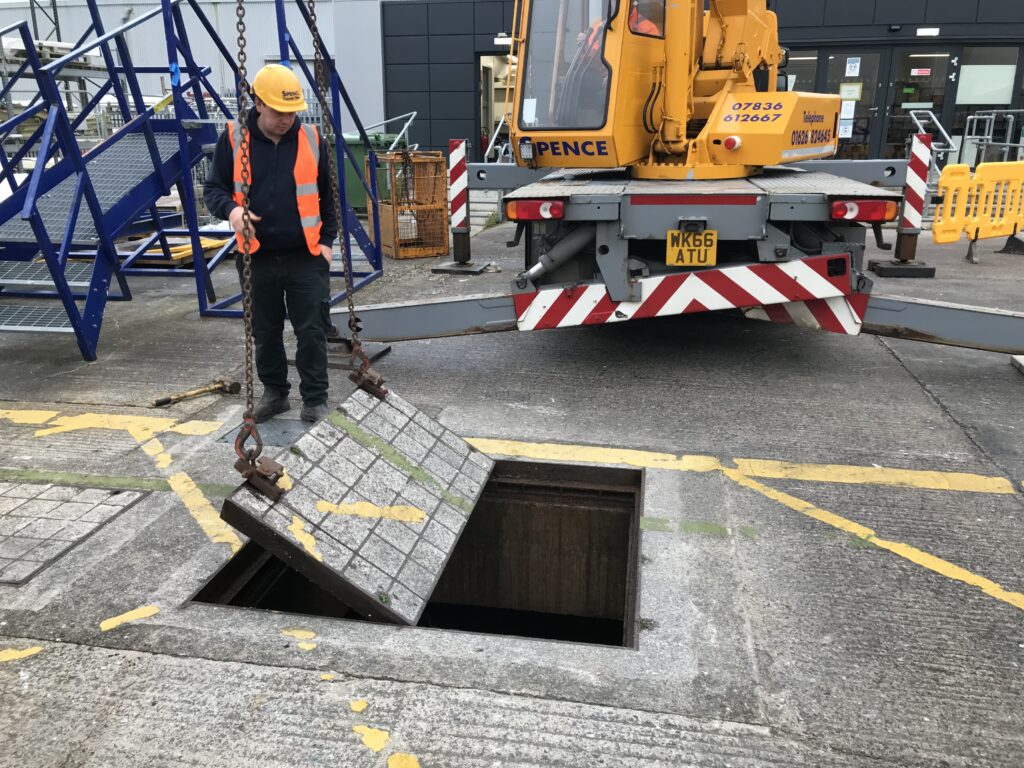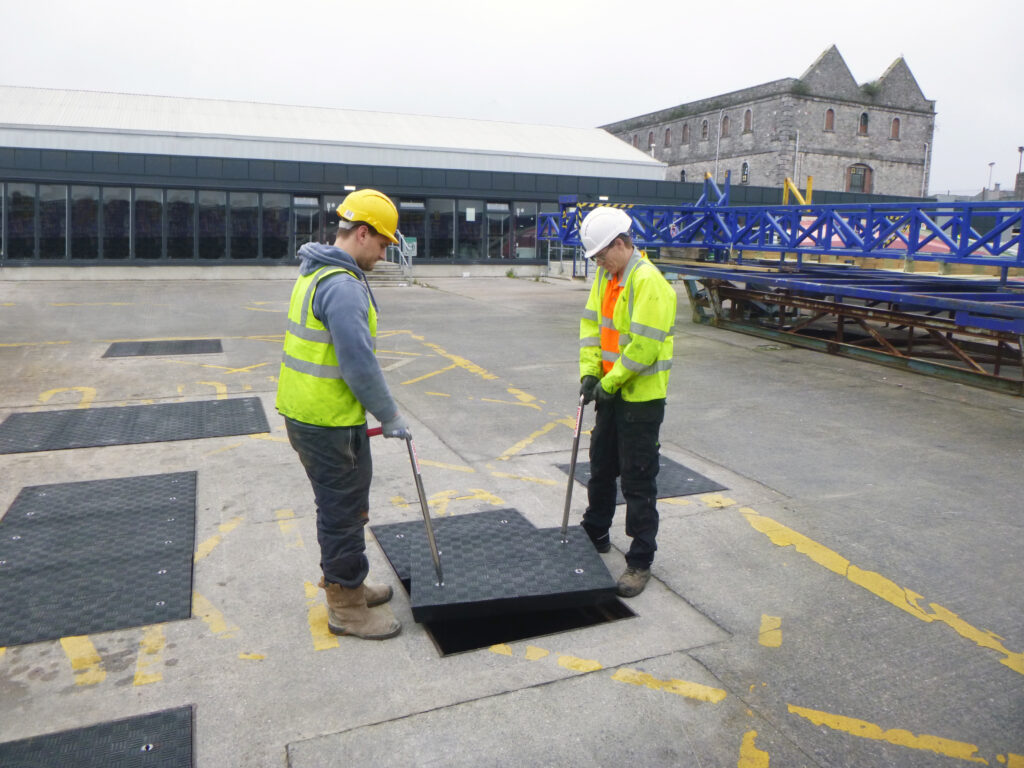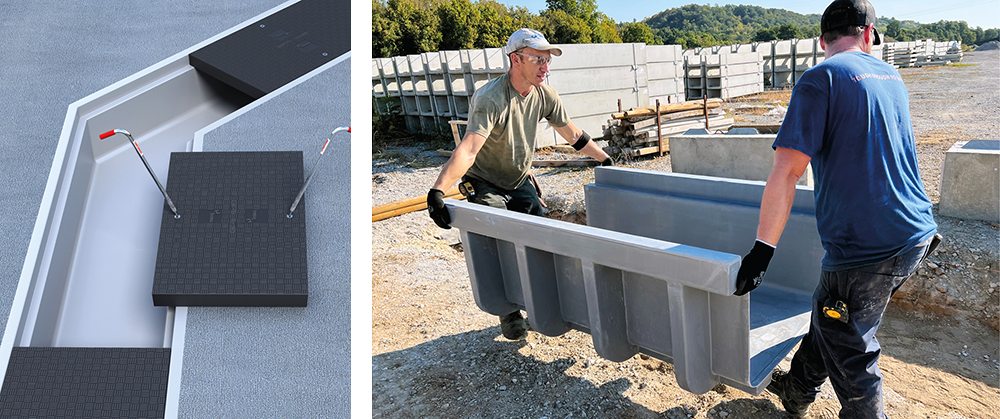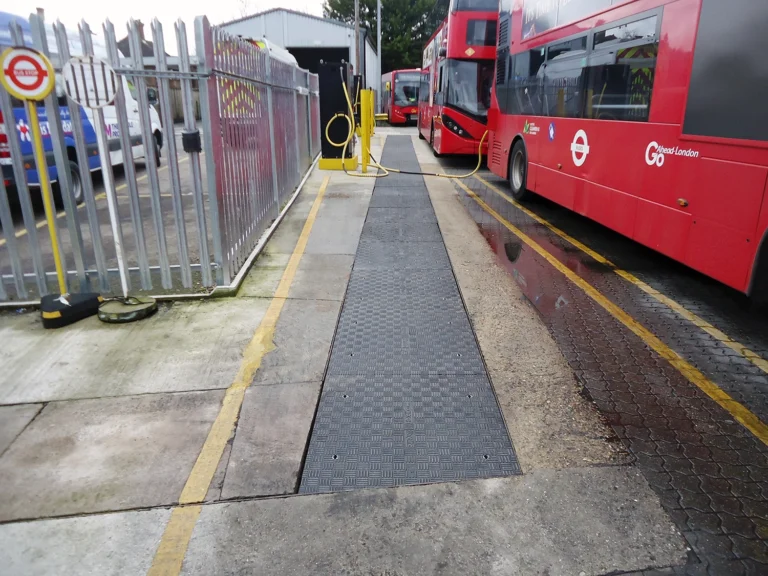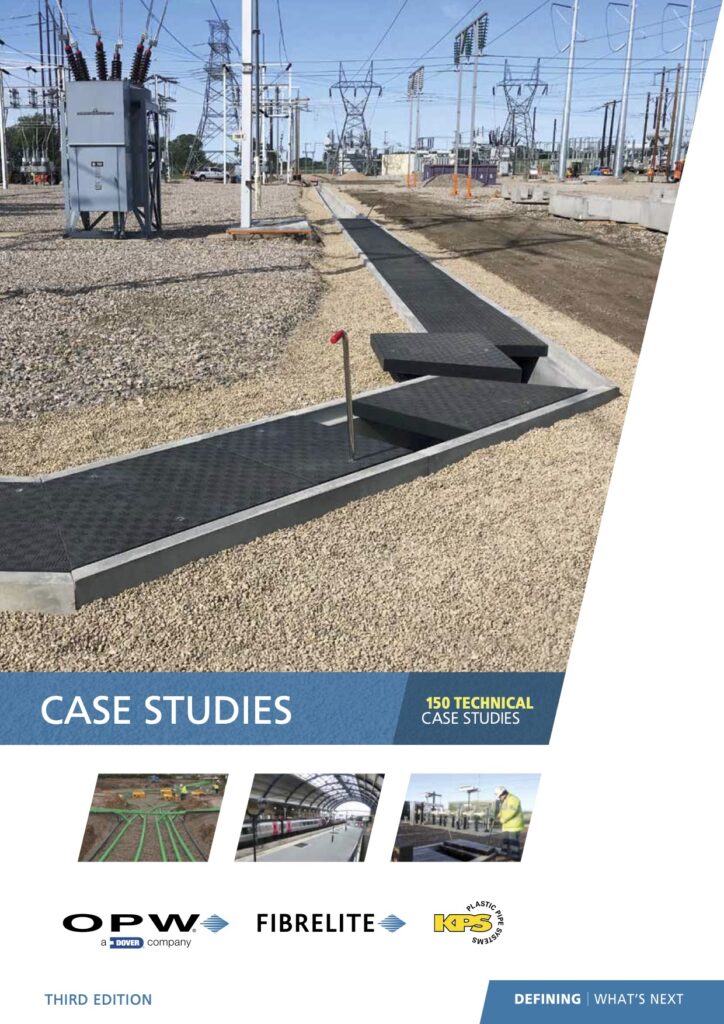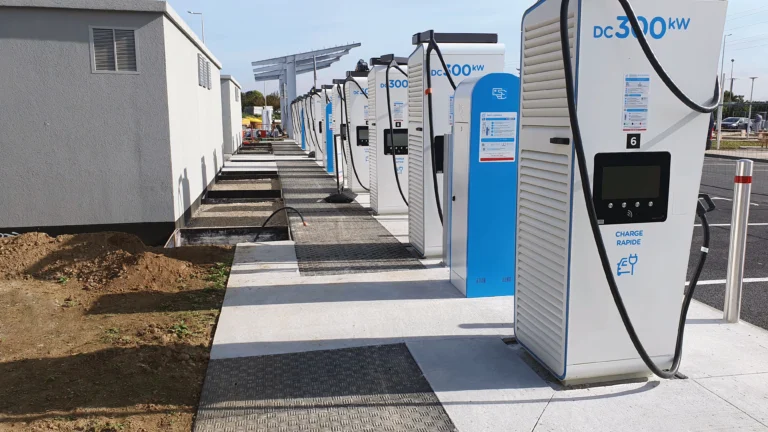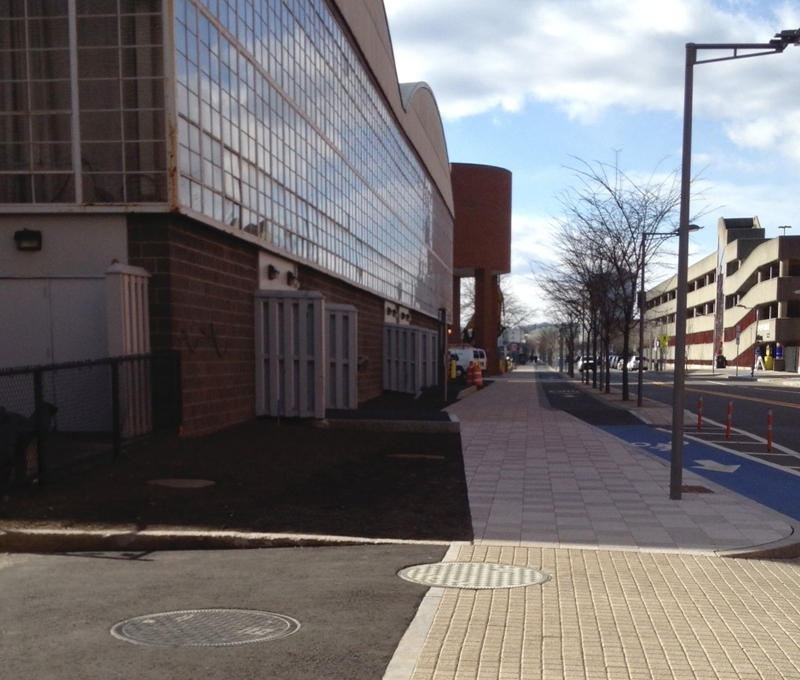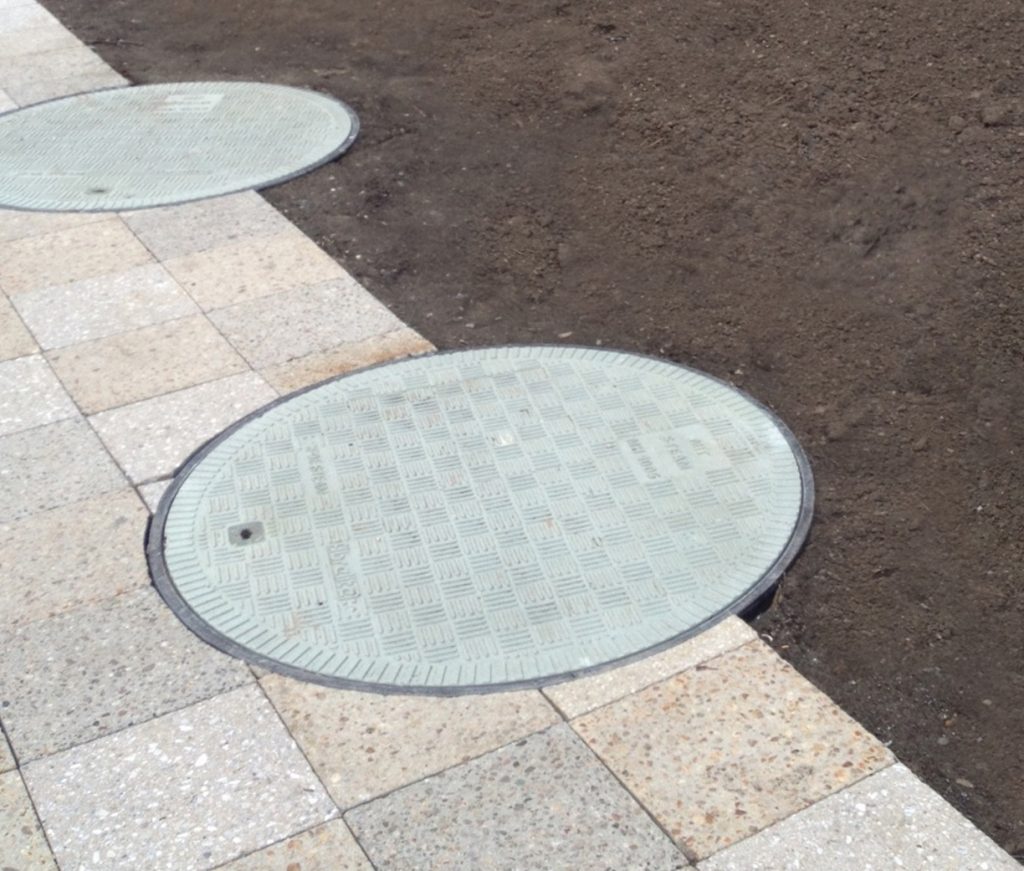This EV bus depot required a swift replacement for their heavy concrete trench covers over their HV cable trench to remedy manual handling issues. Fibrelite supplied a custom engineered and...
Read More- Home
- Products
-
- Sectors
-
Select a sector/industry:
Ports &
AirportsGas Petrol Stations
& ForecourtsPower
GenerationPrecast Concrete Trench Systems
Data
Centers CentresStadiums
& LeisureMilitary
& Defense Defence
Health &
Social Care
Radio
Frequency
Manufacturing
Facilities & Food ProcessingRail, Trams
& Underground
Roadside &
Access Roads
Water & Water
TreatmentPublic
AreasSteam
CoversShopping Centers Centres
& Retail Parks
-
- Global Projects
-
Technical case study library
Data
Centers CentresStadiums
& Leisure
Military
& Defense Defence
Health
& Social Care
Radio
Frequency
Steam
VaultsShopping Centers Centres
& Retail ParksTelecoms
Our latest case study:
-
- Technical Hub
-
- News
-
-
-
Latest news:
Solving underground power challenges in EV charging: Fibrelite in MobilityPlaza
The below extract from Mobility Plaza’s latest article discusses how Fibrelite meets the demands of the fast-growing EV sector with modular, accessible underground trench access systems.
Read MoreBreaking new ground and new markets: OPW in erpecnews
erpecnews Editor Nick Needs recently interviewed our Sales Director, OPW Retail Fuelling EMEA, Denis Pokrovsky, to discuss our growth into new markets. “The Middle East and Africa have slightly different…
New case study: UK power station specifies custom Fibrelite trench covers
Approximately 625 metres of custom designed and manufactured Fibrelite GRP trench covers and frames were specified for this project at one of the UK’s largest power stations…
Poznan Municipal Transport Company require an easy access covering solution
With a fleet of 200 buses stationed, serviced, and refuelled at MPK Poznan depot in Poland, the Poznan Municipal Transport Company required an easy access covering solution…
events:
-
-
-
- About Us
- Contact Us

